Did you know how important visual storytelling is for today’s companies? Here are a few statistics to chew on:
- 90 percent of the information received by the brain on a daily basis is visual.
- The brain process visual information 60,000 times faster than text-based information.
- 40 percent of people respond to visual content better than text-only content.
- Posts with videos embedded in them attract three times as many inbound links as text-only posts.
Unless you’ve been living under a rock somewhere, it’s likely that you are at least fleetingly familiar with the booming importance of visual content and, if you want to grow your traffic and increase your engagement, views and shares, one of the primary things you should be focusing on is visual storytelling.
Many marketers, however, are confused about how to get started with visual storytelling or, if they’re already doing it, how to take their visuals to the next level.
Fortunately, we have some tips. Read on to learn more.
8 Tips For Becoming a World-Class Visual Storyteller
1. Know your mission. It’s impossible to know which path you should take if you don’t know where you want to end up. Because of this, you need to define a motive before you start making your visual content. For example, if you want to inspire your audiences, you’re likely going to craft different visuals than you would if you wanted to pitch a new product or raise awareness about your newest charitable partnership. By knowing where you want to take your viewers before you pull out of the station, you increase the chances that you’ll actually get there. In order to apply this to your visual content pursuits, sit down and plot out your content beforehand. Do you want it to be inspiring? Sales-y? Informational? How are you going to convey that message? What’s the best platform for your goal of choice – video, infographic, meme? Once you’ve created the content, consider taking it one step further by surveying your audience and consulting your analytics to determine if your visual content fulfilled the goal.
2. Make sure the story can stand on its own. Part of being a great visual storyteller is ensuring that your stories can stand on their own two feet. For example, if someone visits your site having never encountered your content before, they should be able to view a video, check out an infographic, consult an image and understand immediately the purpose of the content. The reason for this is the value of your visual content immediately declines if someone needs a five-step map or a whole host of other content to interpret it. When you take into account the high share rate of visual content (700 YouTube videos shared each minute, for example) it becomes evident that, in order to be effective and fulfill its purpose, visual content needs to be able to go viral without the help of lengthy, text-based explanations or accompaniments.
3. Relate your visuals to your product. If you’re a tech company, it’s likely that a visual of a moony-eyed couple romping on a beach at sunset isn’t going to make audiences associate the visual with your brand statement or mission. Therefore, in order for your visual storytelling to be effective, your visuals need to feature something that directly relates to your product. Think about TOMs shoes for a movement, a company that donates a pair of shoes to impoverished individuals across the world for every pair of shoe purchased by consumers. Now consider how the brand uses visual storytelling on its website and in its advertisements to both prominently display its message and underscore its philanthropic efforts.
In order to apply this to your company, consider featuring your product in a live setting, being used by customers or alongside related products. Visuals like these help audiences instantly understand what your company does and why it matters.
4. Make the most of your fans. Creating constant, interesting content is a big demand. It’s one of the reasons guest posting is so valuable to bloggers and fan-generated content is so valuable to visual storytellers. By incorporating user-generated content in your marketing campaigns, ads, websites and publications, you do two very important things at once: you create visual content that can go viral easily, thus sharing your brand across the Web and promoting increased user interaction; and you also create a library of customer reviews and feedback, which help would-be customers make purchasing decisions related to your product and company.
For a great example of a company that won at visual storytelling by using user-generated content, check out Starbucks. During the company’s 2014 White Cup Contest, the brand invited users to doodle on their coffee cups, take a snap of the artwork and submit it to Starbucks via social media. This campaign did two things for the brand: it drew huge awareness to the coffee giant and also created some seriously beautiful coffee cup art that went viral around the Web.
5. Showcase your history. One of the most important steps in mastering the art of successful visual storytelling is using images to tell your company story. A picture is worth 1,000 words, after all, and customers want to know how you got where you are. For this reason, it can be amazingly effective to use visual storytelling to showcase your brand’s history or to honor your company roots. To do this well, take a hint from Apple, which released a compelling visual tribute to the late, great Steve Jobs after his death.
[Insert : <iframe width=”560″ height=”315″ src=”https://www.youtube.com/embed/dInYmYI7Q20″ frameborder=”0″ allowfullscreen></iframe>]
Although Apple was already a hugely recognizable brand, there is no doubt that this video helped expand the brand’s reach while also driving recognition of the Apple’s many products. By using beautiful, compelling visual content to tell their story, Apple underscored their brand mission, made existing users proud to know the company and offered a comprehensive, bite-sized tidbit of knowledge and inspiration for customers who might encounter the brand for the first time through the video.
6. Cater to your community. In 2014, the BBC launched an Instagram video news feed known as Instafax. The service caters to a busy community of news junkies that doesn’t have the time to interact with news in the traditional sense. The platform displays short, 15-second clips of daily news in a beautiful, image-dense format, which is ideal for quick scanning, bite-sized catch-ups, sharing and social media interaction. The inception of Instafax makes it obvious that the BBC has done its customer research: by providing a drop-in platform for busy people who want to stay informed, the BBC has created a community where people who are too busy to watch the daily news can still pop in, interact, share and watch. In order to apply this to your company, think about which visual formats will work best for your readers and then focus on those. Convenience is everything and readers will reward you for catering to their needs.
7. Tell a story. Is it too obvious to say that visual storytelling should tell a story? We think not and one of the brands that is killing this right now is Nasty Gal. The clothing brand is dedicated to providing edgy, unique, vintage threads to Millennials far and wide, and when you visit its image-dense blog, it’s clear that the company has got it down. From the #girlboss hashtag that accompanies many of the blog’s photos to the way their models are styled, the brand has done a great job at creating a climate for unique self-expression and style. By creating well-rounded visual content that caters to their readers’ interests and preferences, Nasty Gal is, in a way, telling its reader’s stories for them while also helping them find their own voices.
8. Be yourself. Even the best visual content isn’t worth much if it doesn’t reflect your unique style, vision and passions. Therefore, part of being a successful visual content star is staying true to your visions and passions. Don’t commit yourself to creating visual content that you hate – by sticking with the forms you prefer (infographics, for example) and dedicating yourself to providing real value for your clients and, finally, by being authentic and original, you stand to draw customers who are genuinely attracted to your brand and interested in hearing what you have to say as a company.
In order to succeed at visual storytelling, it’s imperative to follow these eight tips while also leaving some room for building on what works. Visual storytelling doesn’t work the same way for everyone and, as such, it’s imperative to allow your brand to explore, be original and test different formats and platforms. Over time, you’ll find what works for you.
When done correctly, visual storytelling is a fantastic way to promote brand recognition and further your readership while also creating content you love and your readers find valuable.
15% Off All Business Cards
VIEW ALL
$23.25
$60.05
$60.05
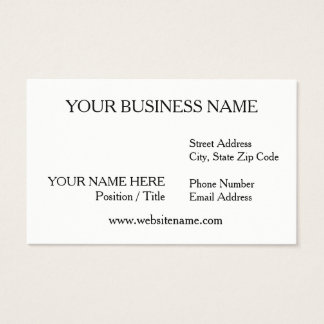
$44.25
$44.25
$58.55
$68.95
$65.40
$60.05

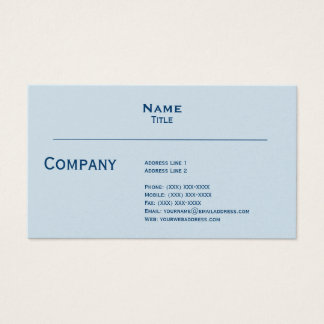
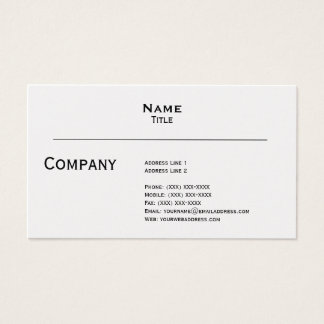
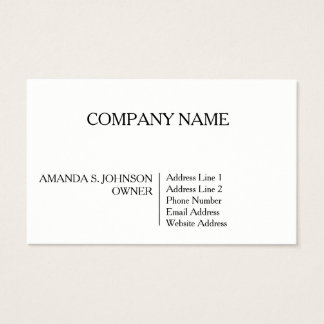
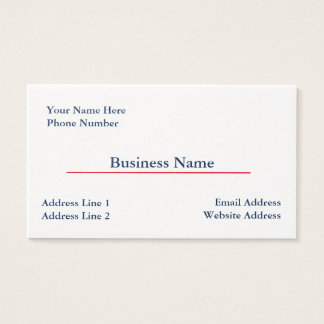
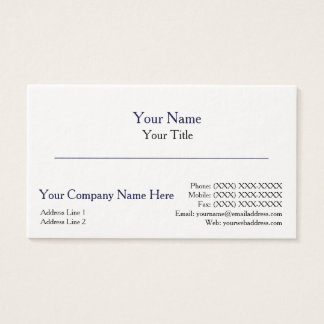

No comments:
Post a Comment